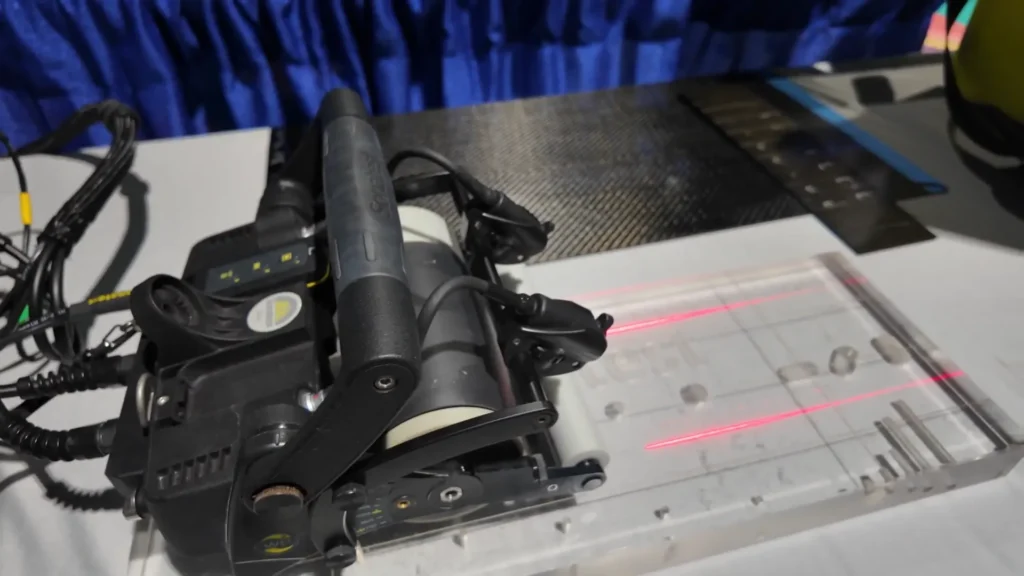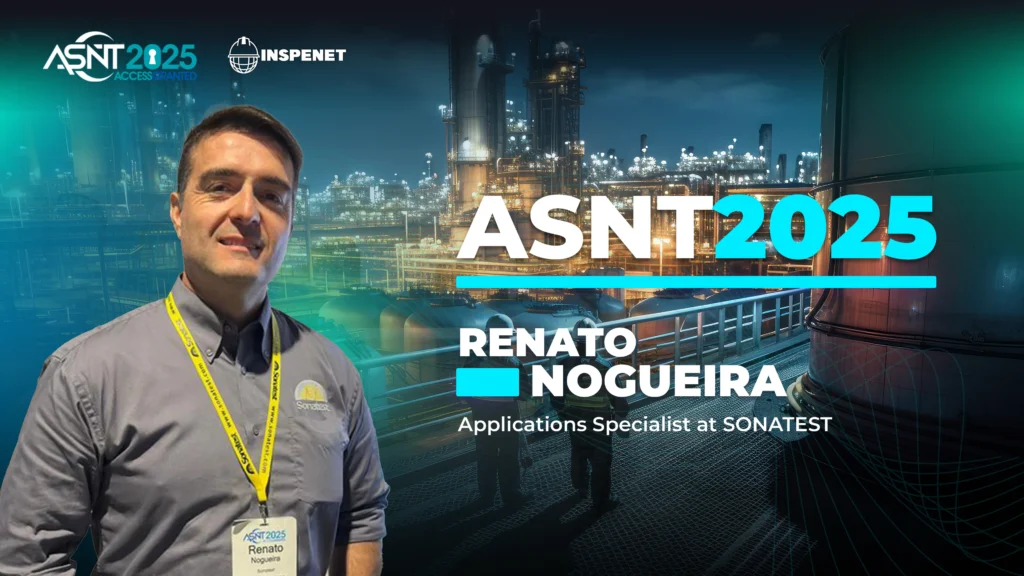TFMI technology redefines precision in ultrasonic inspection
Renato Nogueira, applications specialist at Sonatest, shared the company's latest developments in the field of ultrasonic inspection during his participation at ASNT 2025. The company, founded in 1958 in the UK, is globally recognized for its leadership in portable non-destructive testing (NDT) solutions.
Technological innovation to improve inspection
TFMI (Total Focusing Method with multiple modes) technology represents a substantial advance in ultrasonic inspection. This technique combines up to
TFMI technology was developed with the aim of facilitating more intuitive diagnoses and reducing dependence on individual expertise. This is particularly useful in complex geometries, where defects may be hidden or difficult to identify with traditional methods.
Data integration and automation
In addition to TFMI, Sonatest has incorporated functions that allow inspection equipment to be connected to other systems. This is the case of the integration API of the WAVE equipment, a portable device that now allows extracting raw data from the scan (A-scan) and using it in other applications.
Thanks to this API, inspectors can link the equipment with robotic arms, reporting software or customized systems, opening the door to automated processes without sacrificing accuracy. "It's a very open tool," explains Nogueira. "It allows the customer to do whatever integration they need, from report generation to in-line robotic operations."
Artificial intelligence in development
In line with this technological vision, Sonatest is also exploring the integration of artificial intelligence in its evaluation tools. Although the development is still in early stages, the goal is to equip the technician with digital assistants capable of suggesting interpretations, alerting about defects and reducing subjectivity in the inspection process.
Renato Nogueira acknowledges that standardization and the learning curve are major challenges, but assures that this is a long-term bet. AI promises to be a complement, not a substitute, in the NDT data analysis.
Transducer design for new applications
On the hardware side, Sonatest has developed new tools that expand the capabilities of inspectors in the field. One example is the
During its participation in the ASNT event, the company also presented a magnetic roller specialized in carbon steel inspection. This design allows the transducer to adhere directly to curved surfaces, such as pipes, facilitating the technician's work and improving coverage speed without compromising signal quality.

A forward-looking vision
The participation of Sonatest at trade shows such as ASNT demonstrates its commitment to the technological evolution of the NDT sector. With a focus on simplicity, capability and reliability, the company continues to develop products that combine innovation, portability and accuracy.
TFMI technology, along with tools such as WAVE with API, AI scanning and new transducers, are part of a roadmap that seeks to improve every stage of the inspection process.
For more content about ASNT 2025, please visit our LinkedIn profile.
Source: Inspenet.

